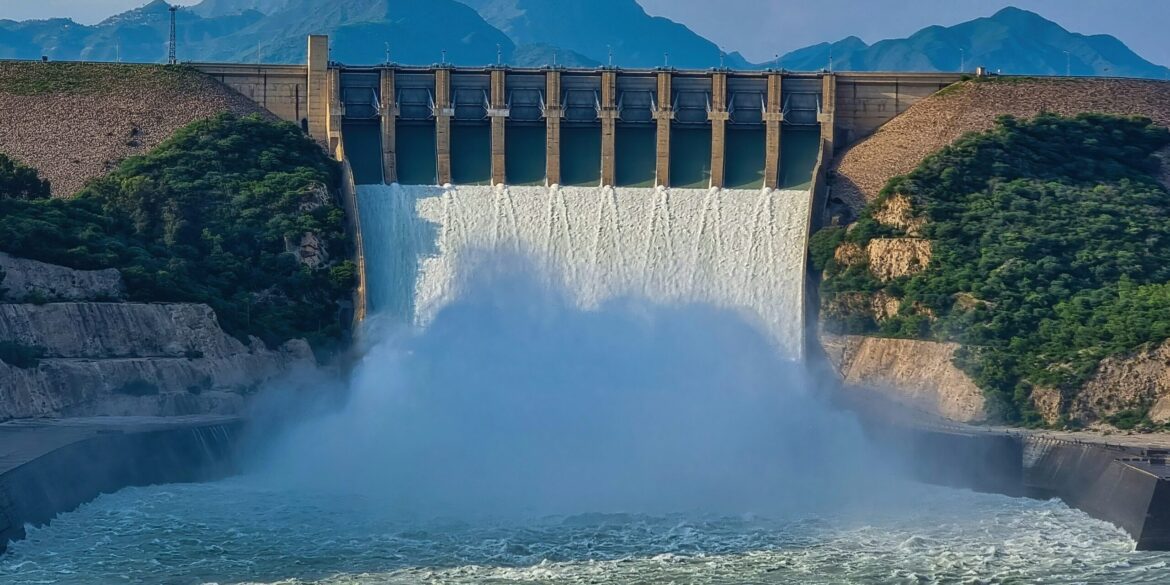WASHINGTON, D.C. — The U.S. Energy Information Administration (EIA) projects a 7.5% increase in hydropower generation in 2025, following a significant decline in 2024 due to drought conditions. Despite the anticipated growth, hydropower output is expected to remain 2.4% below the 10-year average. In 2024, generation fell to 241 billion kilowatthours, the lowest since at least 2010. The EIA forecasts 2025 generation at 259.1 billion kilowatthours, representing 6% of the nation’s electricity generation.
The projected increase is attributed to improved water availability in key regions, including the Northwest and California. About half of the hydropower generating capacity in the country is located in the western states of Washington, Oregon, and California, making precipitation patterns in these areas critical to hydropower forecasts. Since October, northern California, Oregon, and eastern Washington have experienced above-normal precipitation, with some areas in southeastern Oregon receiving record levels between October 2024 and April 2025.
In the Northwest and Rockies region, hydropower generation is expected to reach 125.1 billion kilowatthours in 2025, a 17% increase compared to 2024, though still 4% below the 10-year average. This forecast is informed by water supply outlooks from the National Oceanic and Atmospheric Administration’s Northwest River Forecast Center, which reported that water supply conditions at The Dalles Dam on the Columbia River were at 85% of normal as of May 1.
Conversely, California’s hydropower generation is forecasted to be 28.5 billion kilowatthours in 2025, a 6% decrease from the previous year. This decline is due to below-normal precipitation in parts of Southern California and the Sierra Nevada, leading to reduced snowpack and water availability.
Hydropower has historically been a significant source of renewable energy in the U.S., accounting for about 6.2% of total utility-scale electricity generation in 2022. However, its share has been declining due to increased generation from other renewable sources like wind and solar.
The anticipated rebound in hydropower generation in 2025 underscores the importance of water resource management and the impact of climate variability on renewable energy production. As the U.S. continues to diversify its energy portfolio, understanding and adapting to these environmental factors remain crucial for sustainable energy planning.

